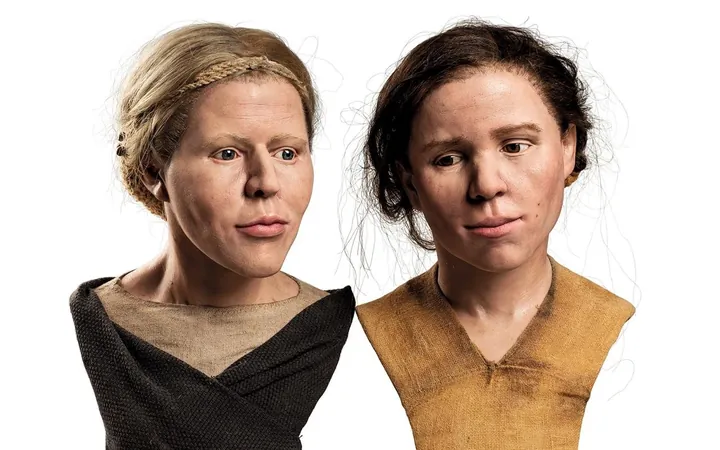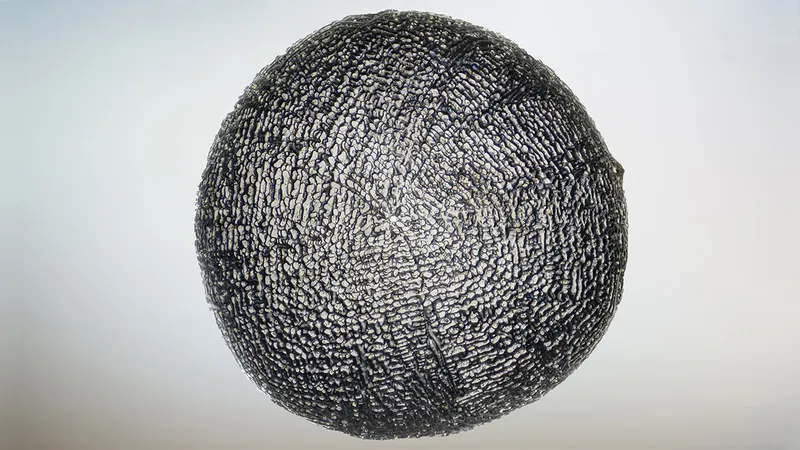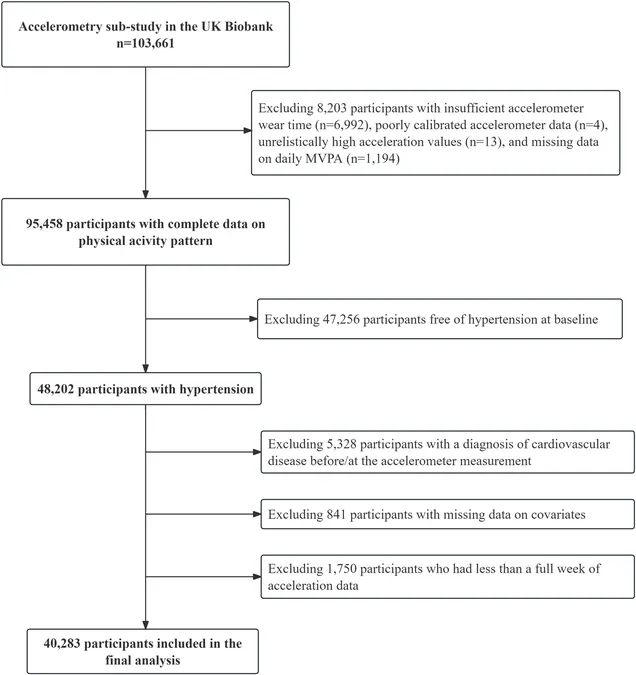
Unveiling the Faces of Two Neolithic Sisters: A 6,000-Year-Old Mystery
2025-08-03
Author: Mei
A Glimpse into an Ancient Past
In the shadowy depths of the Krumlov Forest in South Moravia, Czech Republic, a remarkable story of two Neolithic sisters, buried over 6,000 years ago, is coming to light. Recent advances in forensic technology and archaeological research have unveiled astonishingly lifelike 3D reconstructions of their faces, offering not just a look at their physical features but also a deeper insight into a society that may have exploited its most vulnerable members.
The Discovery That Made Waves
The story began over 15 years ago when excavations at a Neolithic chert mine revealed the skeletal remains of two adult females, one atop the other, embracing a newborn on the chest. Close by lay the remains of a small dog. These sisters, likely toiling in the very mine where they were buried, were found in a site believed to be rich in both spiritual significance and anthropological value, as reported in the journal *Archaeological and Anthropological Sciences*.
A Life of Hardship and Labor
According to Dr. Martin Oliva from the Moravian Museum, the placement of their graves indicates they had endured harsh lives of labor. Radiocarbon and genetic analyses revealed that both women, likely in their 30s or 40s and measuring around 4.8 feet tall, bore the scars of hard living—worn vertebrae, arthritis, and healed fractures suggest continued work despite douleur. Intriguingly, isotopic analysis showed they transitioned from malnourished childhoods to diets rich in meat as adults, hinting at potential access to wild game in their densely wooded environment.
Bringing the Sisters Back to Life
DNA testing has brought even more to light, confirming their sibling relationship and revealing distinct physical characteristics. The younger sister possibly sported dark hair and green or hazel eyes, while her sister may have had striking blue eyes and blonde locks. These features were crucial for the lifelike reconstructions now showcased at the Moravian Museum in Brno, crafted meticulously from plaster, silicone, and even implanted hair.
Mysteries Yet Unanswered
But the secrets buried alongside these women raise questions. The infant buried with them wasn’t genetically linked to either sister, nor does the positioning of the dog’s remains offer clear answers. Researchers speculate about potential ritual sacrifices, suggesting that mining shafts held spiritual significance, perhaps requiring sacrifices to appease the earth.
A Glimpse into Social Hierarchies of the Past
The findings invite further exploration into the social dynamics of Neolithic societies. With emerging hierarchical structures, it appears that the hardest labor may not have been performed by the strongest, but by those who were more easily compelled to work. This suggests that inequality in labor, possibly based on gender, age, or social standing, may have been prevalent even in these early agricultural communities.
Rediscovering Humanity's Past
As we piece together the lives of these ancient sisters, we are reminded of the complexities of human history—filled with both hardship and resilience. Their story, though shrouded in the mists of time, resonates with us today, offering a poignant reflection on the human experience and the enduring quest for understanding our past.




 Brasil (PT)
Brasil (PT)
 Canada (EN)
Canada (EN)
 Chile (ES)
Chile (ES)
 Česko (CS)
Česko (CS)
 대한민국 (KO)
대한민국 (KO)
 España (ES)
España (ES)
 France (FR)
France (FR)
 Hong Kong (EN)
Hong Kong (EN)
 Italia (IT)
Italia (IT)
 日本 (JA)
日本 (JA)
 Magyarország (HU)
Magyarország (HU)
 Norge (NO)
Norge (NO)
 Polska (PL)
Polska (PL)
 Schweiz (DE)
Schweiz (DE)
 Singapore (EN)
Singapore (EN)
 Sverige (SV)
Sverige (SV)
 Suomi (FI)
Suomi (FI)
 Türkiye (TR)
Türkiye (TR)
 الإمارات العربية المتحدة (AR)
الإمارات العربية المتحدة (AR)